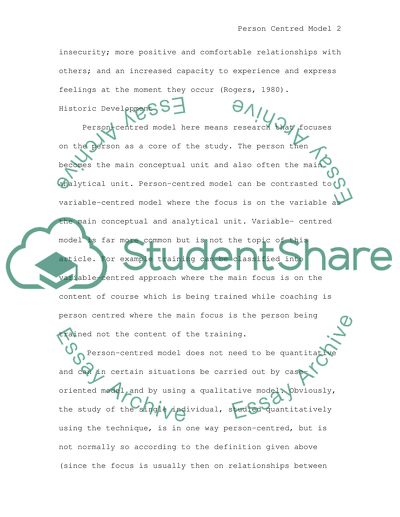Cite this document
(“Critically appraise the key concepts and principles of the theory and Essay”, n.d.)
Retrieved from https://studentshare.org/miscellaneous/1561672-critically-appraise-the-key-concepts-and-principles-of-the-theory-and-practice-of-the-person-centred-approach
Retrieved from https://studentshare.org/miscellaneous/1561672-critically-appraise-the-key-concepts-and-principles-of-the-theory-and-practice-of-the-person-centred-approach
(Critically Appraise the Key Concepts and Principles of the Theory and Essay)
https://studentshare.org/miscellaneous/1561672-critically-appraise-the-key-concepts-and-principles-of-the-theory-and-practice-of-the-person-centred-approach.
https://studentshare.org/miscellaneous/1561672-critically-appraise-the-key-concepts-and-principles-of-the-theory-and-practice-of-the-person-centred-approach.
“Critically Appraise the Key Concepts and Principles of the Theory and Essay”, n.d. https://studentshare.org/miscellaneous/1561672-critically-appraise-the-key-concepts-and-principles-of-the-theory-and-practice-of-the-person-centred-approach.


